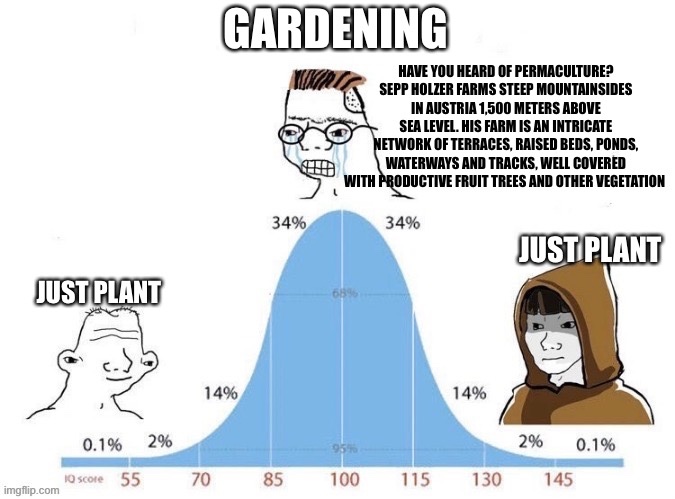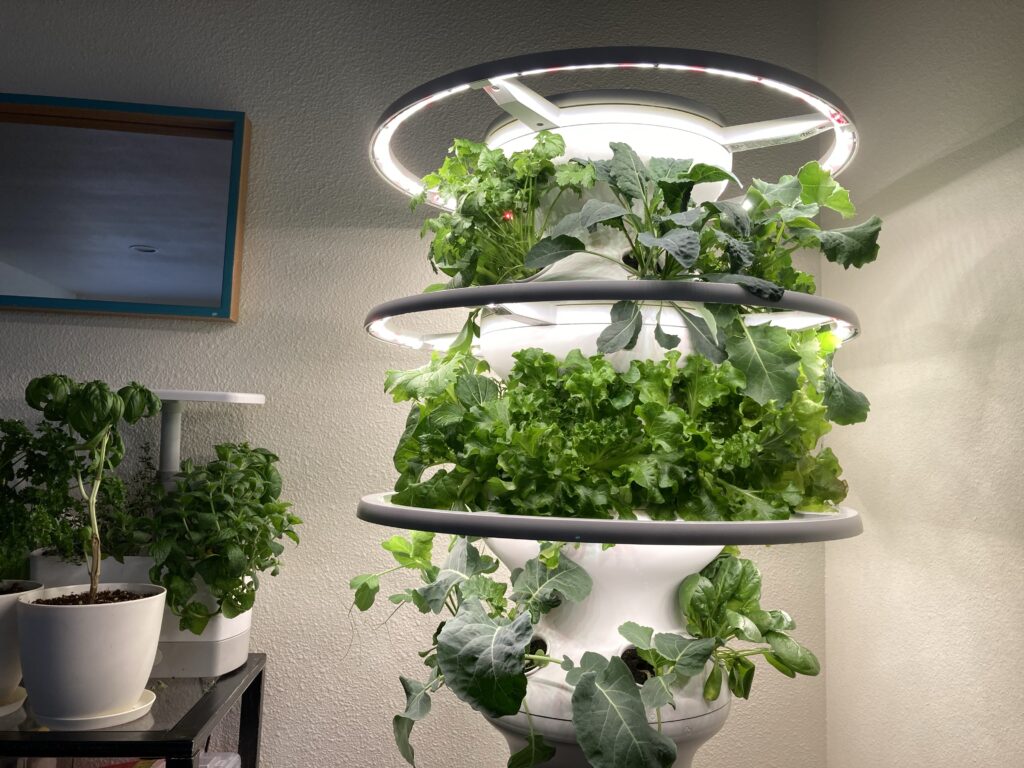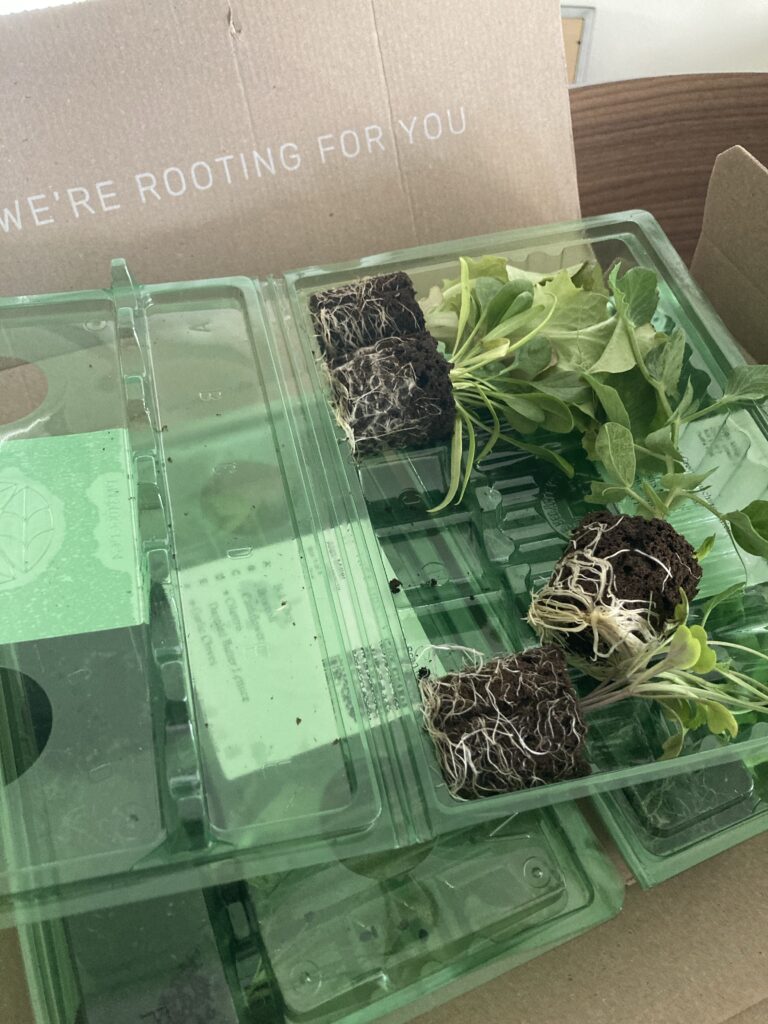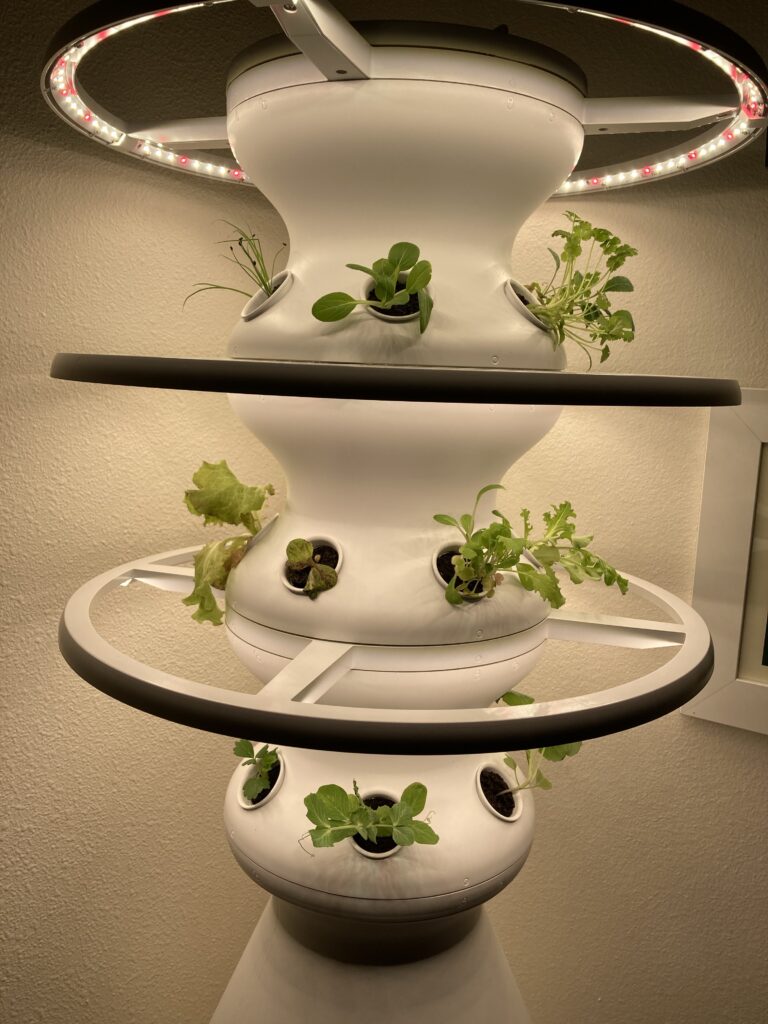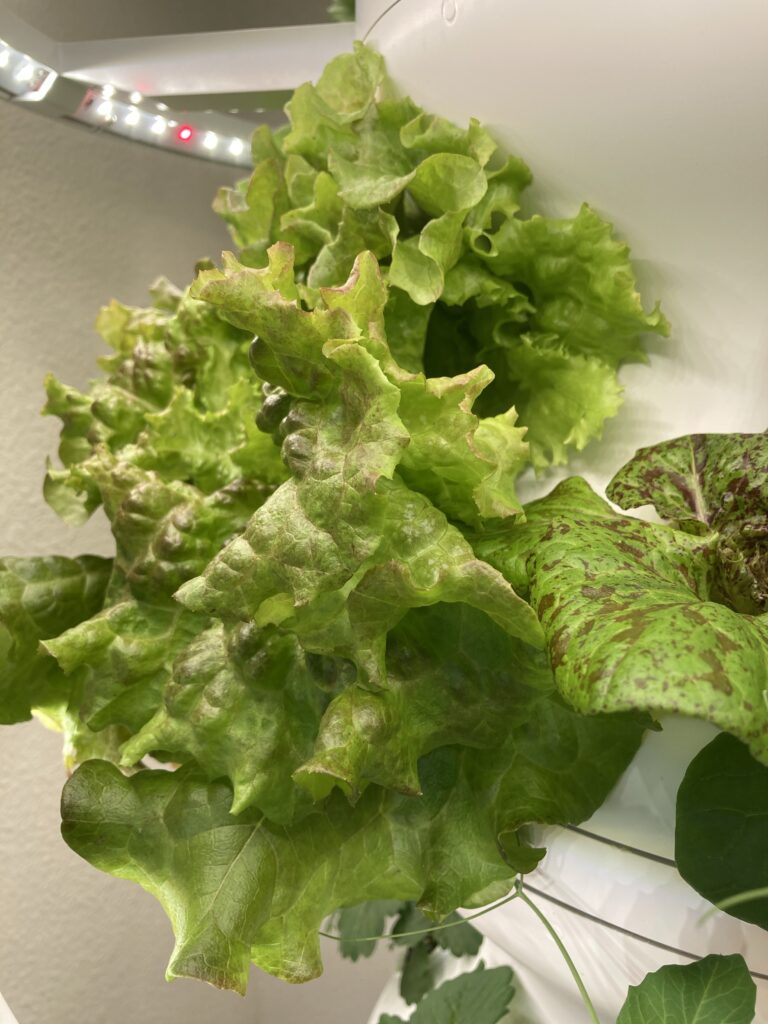I’ve been procrastinating on two core projects for the fall. Both of which involve making a modest investment between $100 and $250 depending on how fancy I want to get. So it’s not a throwaway amount of money but it’s also not money I should be hesitating on.
I’ve been in my head about it for two or three weeks even though I regularly need to make decisions about much larger sums of money for projects with much longer time horizons. I finally got myself over the hump on clicking order after going over my plans with my husband Alex for an hour. Which we’d definitely bill at more than we spent.
PROJECT ONE: TEST APPLE ORCHARD
The first project is getting in a few apple saplings in a fall planting to test out where we want an orchard. It’s not a full orchard with a big wiz-bang multi-year permaculture plan. We literally just want to get in four to six dwarf trees in the soil as soon as possible as we’ve been told it’s feasible to do fall plantings of heartier Zone 4 varietals.
We did a soil sample and the results came back with very encouraging results. Our back pasture has excellent quality soil despite being compacted by horses.
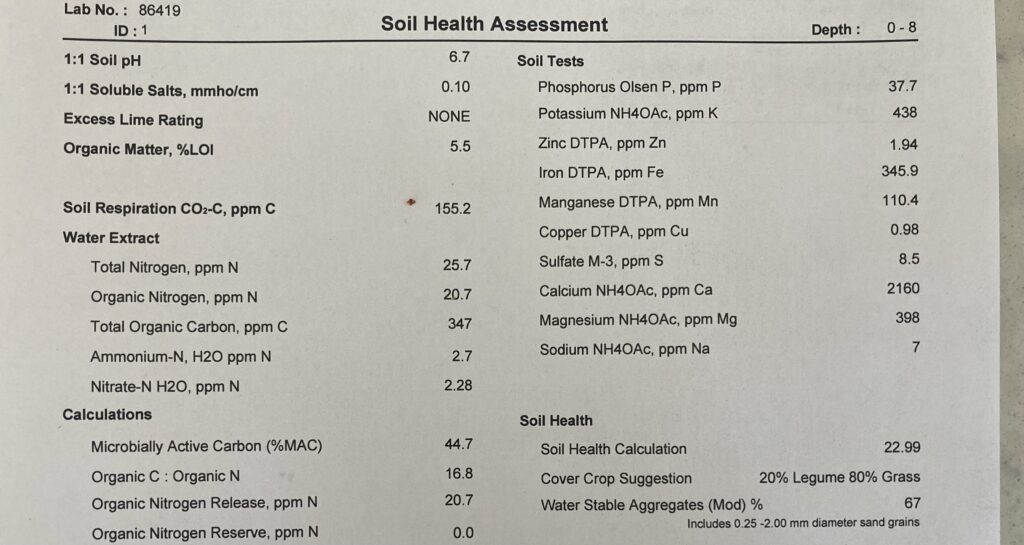
And yet I struggled to make a purchase. I made a trip to the nursery. I fucked around on a bunch of websites. I ordered catalogs for next year’s spring plantings. Finally this afternoon we threw caution to the wind and bought six dwarfs from Stark Brothers. The total came to about $250 and if it all fails well I’m glad I spent the money on fruit trees instead of a disposable consumer good.
PROJECT 2: SEED STARTS
The second purchase was seed starter supplies for our winter hydroponic crops which we plan to cultivate in the barn. We got a LettuceGrow system early in the pandemic and absolutely loved the quality of greens we got out of it. We’d been able to buy starts (aka seeds that have sprouted and begun to grow) for it in Colorado but this winter I wanted to do my own growing from seeds up into starts.
The goal was to have constant rotation of red and green leaf lettuce along with romaine and kale by staggering seed tray starts. It would be easier and have fewer failure points if we did a new batch of seed starts once every couple of weeks for consistency and move them from one grow light seed tray to the LettuceGrow once it fully sprouted.
I had even less of an excuse here as one of my girlfriends did a massive seed start project this year from scratch and wrote up her entire shopping list and project guide complete with pictures. She did the hard work of translating various guides including one that I had even been involved with making from Josh Centers at Unprepared. He’s got a very thorough guide to starting a garden from seeds straight through to harvest which is worth paying for Substack for just that post.
Here were all of my friends and colleagues just out there doing the work. And I was too scared to experiment myself. Finally today we bought everything we needed from Amazon and purchased six or seven seed types from Johnny’s hydroponic collection. All told for everything it was $86 for a set up that should work for many seasons.
THE LESSON
While I’d never tell anyone to just go nuts putting shit in the ground without some research, I do think it’s possible to be too in your head about growing. I’ve been reading so much about fancy techniques like permaculture that I had neglected the most basic lesson of both startups and gardening. Execution is exponential. Just start doing something. Make it small. But you have to just start. Just plant. Just make things.
